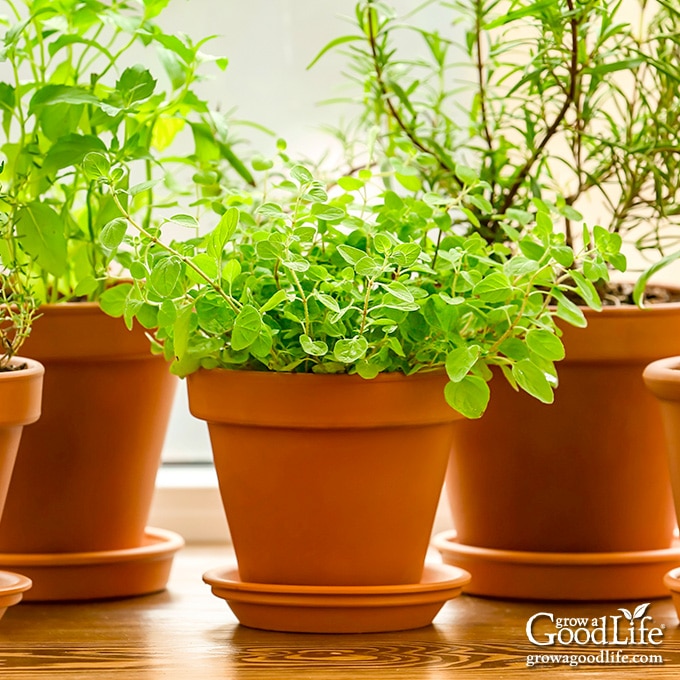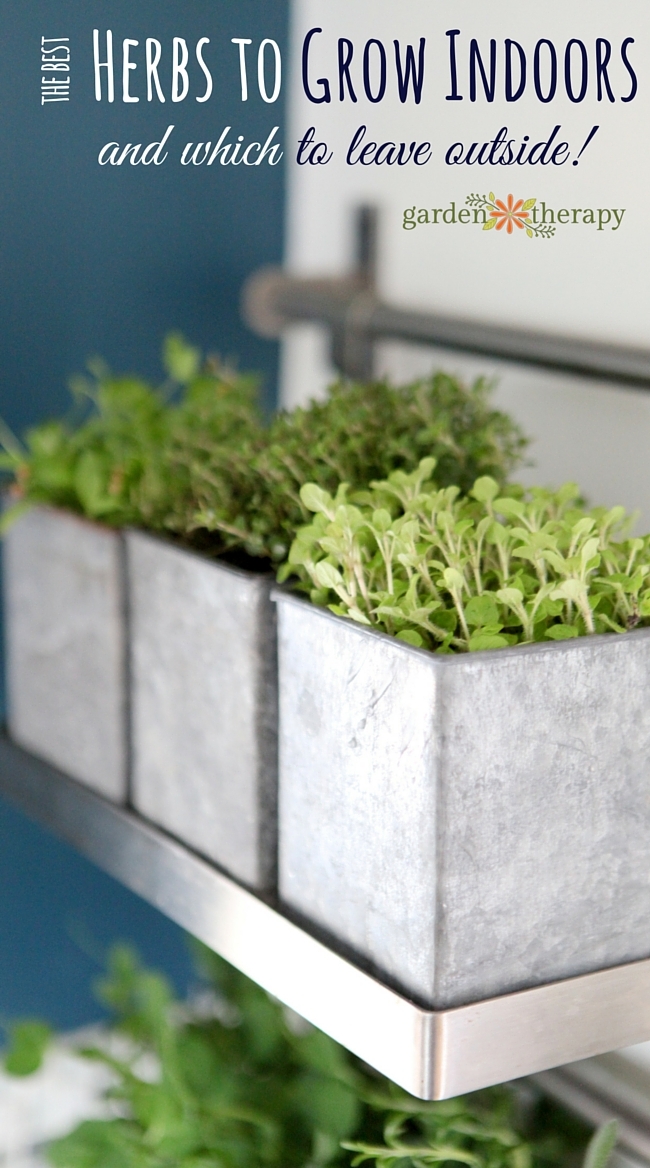Finding the perfect indoor herb garden can be a rewarding experience, especially if you live in a humid environment. For leaf seekers like those on kratomforum.org, understanding which indoor herbs thrive in humidity is key to success. This article focuses on indoor herbs that thrive in humidity, providing you with practical advice and assistance to cultivate a flourishing herb garden, no matter your climate. We’ll explore specific herbs that love humidity, discuss the ideal growing conditions, and offer troubleshooting tips for a bountiful harvest. Learning about indoor herbs that thrive in humidity is crucial for creating a vibrant and healthy indoor garden.
Choosing the Right Indoor Herbs That Thrive in Humidity
Many herbs prefer a humid environment, and understanding which ones will flourish in your home is the first step to success. Indoor herbs that thrive in humidity often hail from tropical or subtropical regions, naturally accustomed to higher moisture levels. These herbs are less prone to drying out and are generally more resilient in humid conditions compared to their drier-climate counterparts. When selecting indoor herbs that thrive in humidity, consider the space you have available and the amount of light your home offers. Some herbs need more light than others, so careful planning is essential. Remember, the key to successfully growing indoor herbs that thrive in humidity lies in understanding their specific needs.
Basil: A Humidity-Loving Classic
Basil is a popular choice for many gardeners, and for good reason. It’s relatively easy to grow, and thrives in humid conditions. Providing sufficient humidity helps prevent basil from wilting and keeps its leaves lush and vibrant. This makes basil an excellent addition to your collection of indoor herbs that thrive in humidity. Ensure your basil receives adequate sunlight and well-draining soil to maintain optimal growth. Remember, consistent moisture is key for healthy basil plants. Indoor herbs that thrive in humidity, like basil, are perfect for those who want low-maintenance yet flavorful additions to their kitchens.
Mint: A Fragrant and Hardy Choice Among Indoor Herbs That Thrive in Humidity
Mint is another excellent choice for those seeking indoor herbs that thrive in humidity. Its tolerance for moisture makes it a low-maintenance addition to any indoor garden. However, mint is a vigorous grower, so it’s crucial to control its spread to prevent it from overtaking other plants. Consider growing mint in a container to manage its growth effectively. Providing adequate light and humidity ensures healthy, vibrant mint leaves, perfect for culinary uses or refreshing drinks. Choosing the right container is crucial when selecting indoor herbs that thrive in humidity, especially vigorous growers like mint.
Oregano: A Robust Herb for Humid Environments
Oregano, a staple in Mediterranean cuisine, surprisingly thrives in humid conditions. Its resilience makes it an ideal choice for beginner gardeners looking for indoor herbs that thrive in humidity. While oregano prefers well-drained soil, it also appreciates consistent moisture, making a humid environment beneficial. Remember to provide sufficient sunlight to encourage robust growth and flavorful leaves. Indoor herbs that thrive in humidity, such as oregano, can bring a touch of the Mediterranean to your indoor garden.
Rosemary: A Surprisingly Adaptable Herb
Rosemary, often associated with drier climates, can surprisingly adapt to humid environments when provided with the right conditions. Good air circulation is crucial to prevent fungal diseases, which can be more prevalent in humid conditions. Ensure your rosemary plant receives ample sunlight and well-draining soil to prevent root rot. Proper drainage is essential for all indoor herbs that thrive in humidity, even those that tolerate higher moisture levels. Rosemary adds a unique woody aroma and flavor to your indoor herb garden.

Maintaining Humidity for Your Indoor Herbs That Thrive in Humidity
Maintaining appropriate humidity is crucial for the success of your indoor herbs that thrive in humidity. Several methods can be employed to increase humidity levels around your plants. Grouping plants together naturally increases humidity within the immediate microclimate. Using a humidifier is another effective way to boost humidity, especially during drier seasons. Placing your herb pots on a tray filled with pebbles and water creates a humidity-boosting effect through evaporation. Regular misting can also temporarily increase humidity, but it’s not a long-term solution. Remember, consistent humidity is key for the health and vitality of your indoor herbs that thrive in humidity.
Monitoring and Adjusting Humidity Levels
Regularly monitoring humidity levels is essential to ensure your indoor herbs that thrive in humidity are receiving optimal conditions. A hygrometer can provide accurate readings, allowing you to adjust your humidity control methods as needed. Overly humid conditions can lead to fungal diseases, while excessively dry air can cause wilting and stress. Finding the sweet spot for your specific herbs is key to their long-term health. The ideal humidity level will vary depending on the type of herb you are growing. Understanding these specific needs is a critical aspect of growing indoor herbs that thrive in humidity.
Troubleshooting Common Problems with Indoor Herbs That Thrive in Humidity

Even with careful planning, you might encounter some challenges when growing indoor herbs that thrive in humidity. Yellowing leaves can indicate overwatering or nutrient deficiencies. Examine your watering practices and consider providing a balanced fertilizer. Wilting leaves, on the other hand, often signal underwatering or insufficient humidity. Increase watering frequency and consider using humidity-boosting techniques. Fungal diseases are more common in humid environments, so ensuring good air circulation is crucial to prevent them. Regularly inspect your plants for signs of pests or diseases and address any issues promptly. The success of growing indoor herbs that thrive in humidity depends on consistent attention to detail and prompt action when problems arise.
Pest and Disease Management
Pests and diseases can be a significant challenge when growing indoor herbs that thrive in humidity. Regularly inspect your plants for any signs of infestation or disease. Early detection is crucial for effective treatment. Organic pest control methods are often preferred for indoor herbs, as they avoid the use of harsh chemicals. Maintaining good air circulation and avoiding overwatering helps prevent the spread of fungal diseases. Remember, prevention is always better than cure when it comes to pest and disease management. Choosing healthy starter plants can also significantly reduce the risk of pest and disease issues. Understanding the potential challenges is an important part of successfully growing indoor herbs that thrive in humidity.
Light Requirements for Indoor Herbs That Thrive in Humidity
While humidity is crucial, the right amount of light is equally important for the successful cultivation of indoor herbs that thrive in humidity. Most herbs require at least six hours of sunlight daily. A south-facing window is usually ideal, but supplemental grow lights can be used to supplement natural light, especially during winter months. The specific light requirements will vary depending on the type of herb. Some herbs, like basil, prefer more direct sunlight, while others, like mint, can tolerate slightly shadier conditions. Understanding these individual light needs is crucial for maximizing the growth and yield of your indoor herbs that thrive in humidity. Careful consideration of light requirements is just as important as managing humidity.

Soil and Fertilizer for Indoor Herbs That Thrive in Humidity
Choosing the right soil and fertilizer is essential for healthy growth. Well-draining potting mix is crucial to prevent root rot, a common problem for herbs grown in humid environments. Avoid heavy clay soils, which retain too much moisture. A balanced fertilizer provides the necessary nutrients for optimal growth. Follow the instructions on the fertilizer packaging carefully to avoid over-fertilizing, which can damage your plants. Regular fertilization, usually every 2-4 weeks during the growing season, will help maintain healthy growth and prevent nutrient deficiencies. Proper soil and fertilizer management are critical components of successful indoor herb gardening, particularly for indoor herbs that thrive in humidity.
A Flourishing Indoor Herb Garden: Your Final Harvest
Cultivating a thriving indoor herb garden, especially with indoor herbs that thrive in humidity, is a rewarding experience. By understanding the specific needs of your chosen herbs, maintaining proper humidity levels, and addressing any challenges promptly, you can enjoy fresh, flavorful herbs year-round. Remember, consistent attention to detail and a proactive approach to problem-solving are key to success. With the right knowledge and care, your indoor herb garden will flourish, providing you with a bountiful harvest of fresh herbs for your culinary creations. The journey of growing your own herbs is filled with learning and satisfaction.
Tags: indoor herb garden, humidity loving herbs, indoor plants, herb gardening tips, humid climate plants

